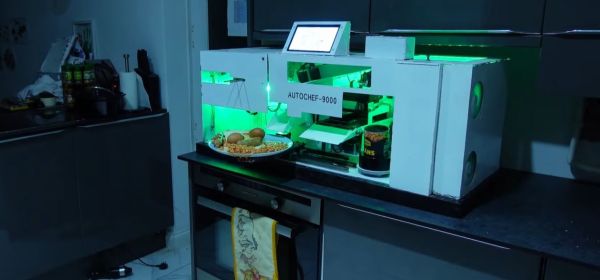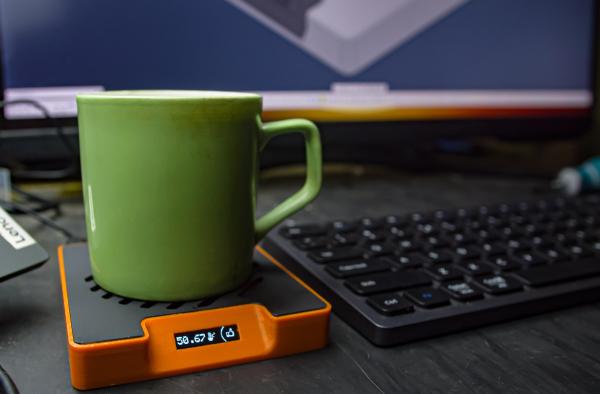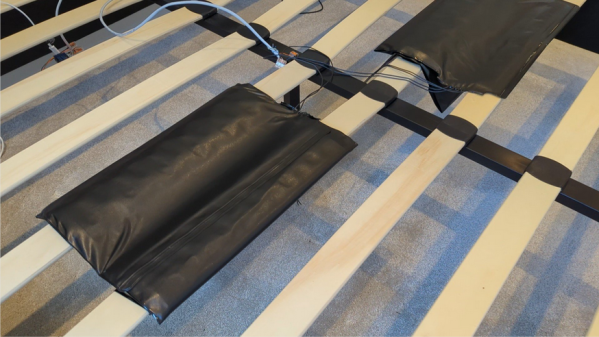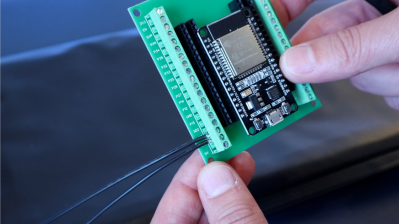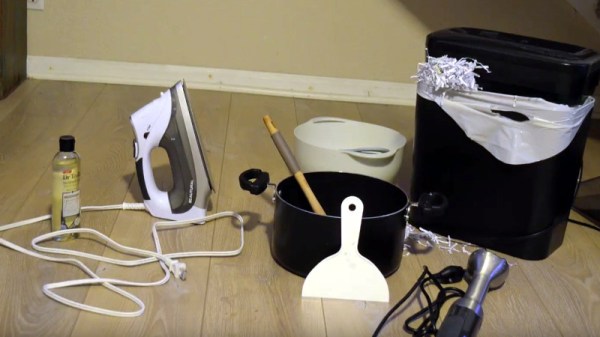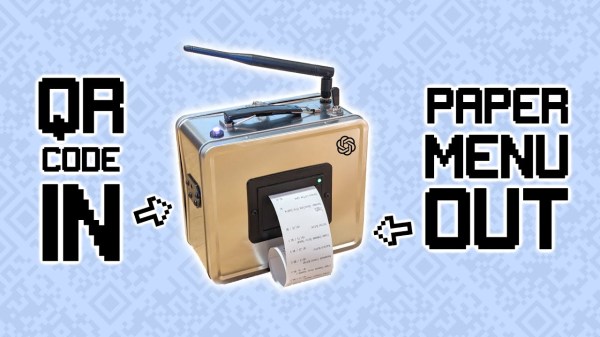[samsuksiri] frequently uses a laptop and has an external drive to store projects. The drive flops around on the end of its tether and gets in the way, so they repurposed their old iPod pouch and attached it to the laptop lid with double-sided tape. You can guess how that went — the weight of the drive caused the pocket to sag and eventually detach over time.
Then [samsuksiri] remembered that they had LEGO DOTS patch stashed somewhere. It’s an 8×8 plate with adhesive on the back so you can build almost anywhere. Then the problem was this: how to attach LEGO to the drive itself? You’d think this is where the hot glue comes in, but that didn’t work because the drive is too slippery.
Nothing worked, really — not until [samsuksiri] flipped the drive over to work with the dimpled side that has un-coated plastic. Finally, the answer turned out to be mounting tape. Now, [samsuksiri] can attach the drive in any orientation, or even attach a second drive. Be sure to check it out after the break.
Looking for slightly more astounding LEGO creations? Check out this hydroelectric dam.
Continue reading “Sticky Situation Leads To Legit LEGO Hack”



